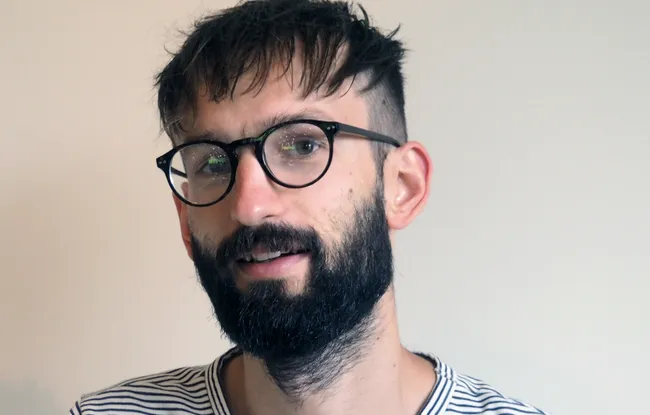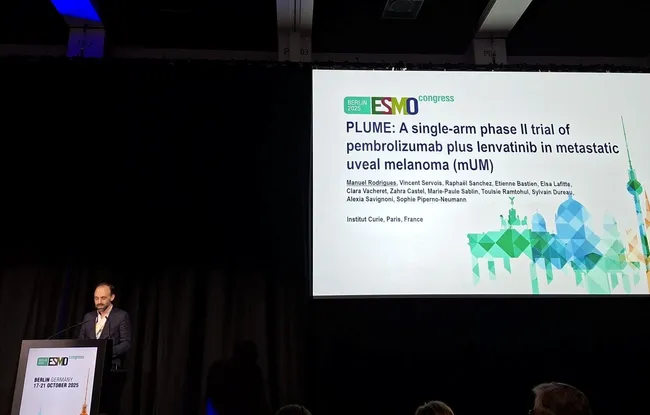- Home >
- Institut Curie News >
- Albertas Navickas, using organoids to better understand metastatis
Can you tell us about your background?
"I am from Lithuania, where I did my graduate studies in biochemistry before joining the Erasmus program in Paris. I followed a dual program, in biology and music, studying composition at the Paris conservatory. I enjoyed this experience so much that I wanted to continue my studies in France.
I did my thesis in genetics at the Institute of Physico-Chemical Biology, located on the Institut Curie campus in Paris, where I studied the metabolism of RNA. Then I went to the USA to do a post-doctoral fellowship at the University of California, San Francisco, where I worked on the mechanisms of gene regulation involved in cancer growth. It featured basic biology along with clinical aspects."
What are you working on currently?
"I’m working on the growth of breast cancer and the appearance of metastases in the lung. This progression from a primary site, the breast, to a distant site, the lungs, is always the main cause of death in cancer patients. At an advanced stage, the therapeutic approaches are not effective enough. In order to come up with therapeutic solutions, we first have to understand how the disease spreads. Cancerous cells are like seeds; the environment in which they grow is important.
This led me to look at the interaction between the cancerous cell and its metastatic site. This niche, this microenvironment, is modified by the cancerous cells to make it favorable to their growth. To model the metastatic niche, I used lung organoids*, which are much more practical for a step-by-step understanding of the interaction between the cancerous cells and their environment. With organoids everything can be reproduced and multiplied on a large scale. In addition, these organoids are of human origin, and this is their greatest advantage compared with animal models such as mice."
What does Institut Curie mean to you?
"I was really happy when I was doing my thesis in Paris, and when I left for the USA I always knew I would come back to France. So I was very fortunate to be able to start my laboratory at Institut Curie, a benchmark in oncology research. A design engineer, and very likely a technician, will be joining my team. We are also offering a thesis opportunity allowing a student to join the team in October.
My goal at Institut Curie will be to bring together a variety of skills: research on metastases in oncology, modelling them with lung organoids, and basic research aimed at understanding how cancerous cells communicate with the distant metastatic site. Combining these aspects will pave the way for accelerated research into metastatic mechanisms."
| *Organoids are in vitro structures made from stem cells. They reproduce the anatomy of an organ on a very small scale and are used as research models. |



